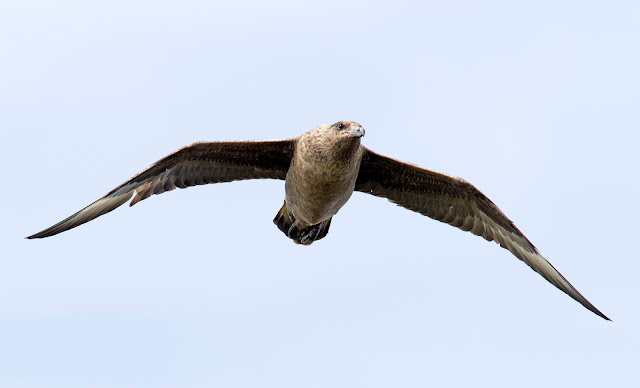This year our later visit to Scotland was meant to coincide with peak dragonfly emergence. Unfortunately the weather gods did not smile upon us, with leaden skies, cold temperatures and weak sunshine for a lot of the time. However, early on I managed to record White-faced Darter, Leucorrhinia dubia at the reliable venue in the Abernethy Forest.
Sadly this site is not the best for photography as you cannot leave the boardwalk. During our stay I managed to find a much better venue where few people venture and will afford excellent opportunities for the future. So only one of my targets achieved - the Azure Hawker will have to wait.
The only Brilliant Emerald, Somatochlora metallica that I found, and that was well up in a tree.
Plenty of Golden-ringed Dragonfly, Cordulegaster boltonii to be found at Trinafour, Glasdrum and in the Abernethy Forest.
The first post holiday day out had to be a dragon expedition. First venue was for a Sussex Common Clubtail, unfortunately a negative result - perhaps next year. So on to Thursley Common where Martin was seeking Black Darter and Small Red Damselfly. Such is the quality of this site that we recorded both inside the first twenty minutes on a day with precious little sunshine.
 |
| Appreciating the heat of the boardwalk. |
 |
| Black Darters were emerging regularly, they appeared very weak, this one clinging on in a light breeze |
 |
| Black-tailed Skimmers still going strong. |
 |
| Nice to see an Emerald Damselfly |
 |
| A usual inhabitant of the boardwalk. |
 |
| Sundew thriving and flowering |
 |
| At first I thought this might be a Volucella but now I am leaning to Sericomyia silentis, a wasp mimic rather than a hornet mimic |






























































